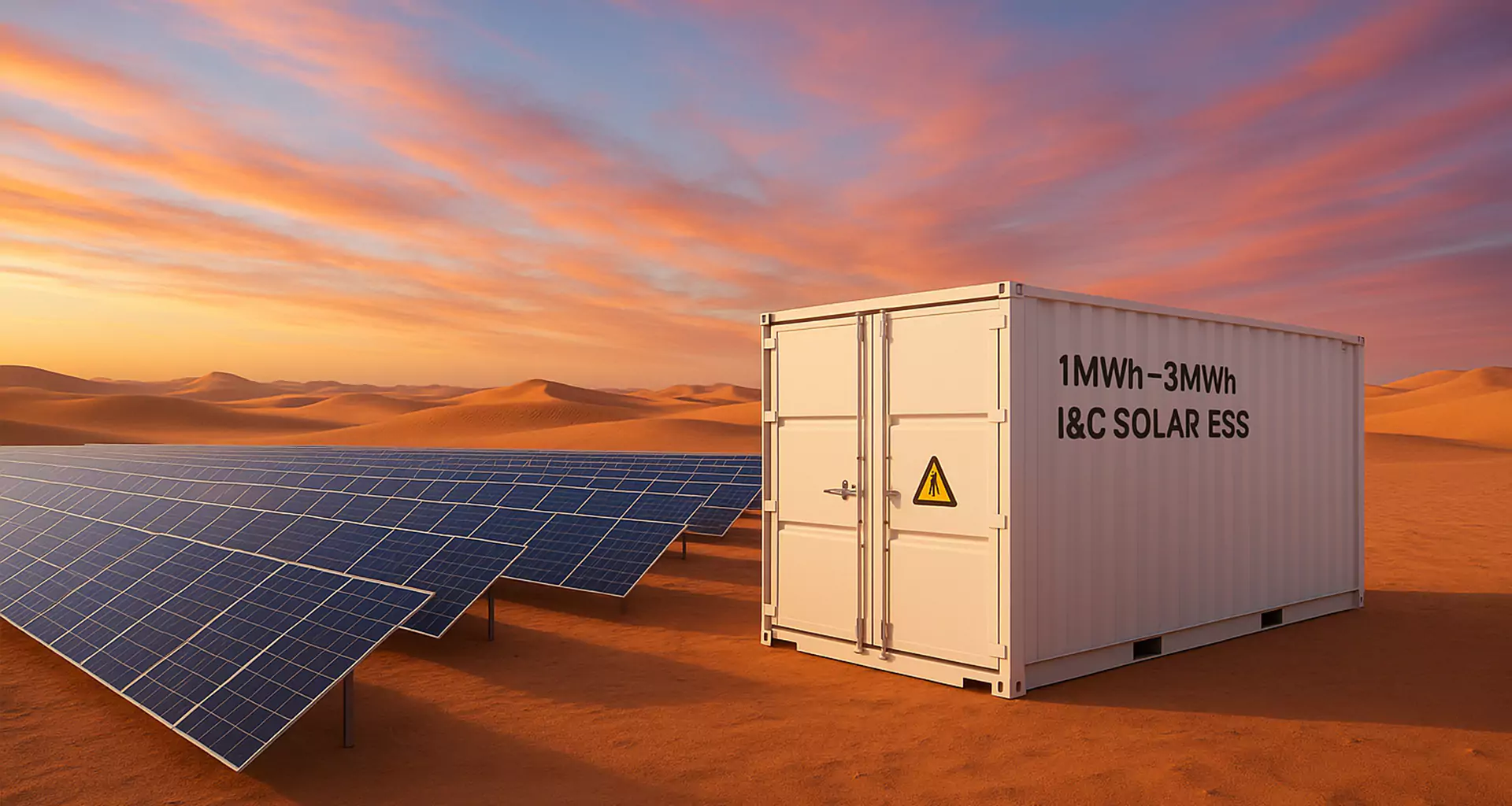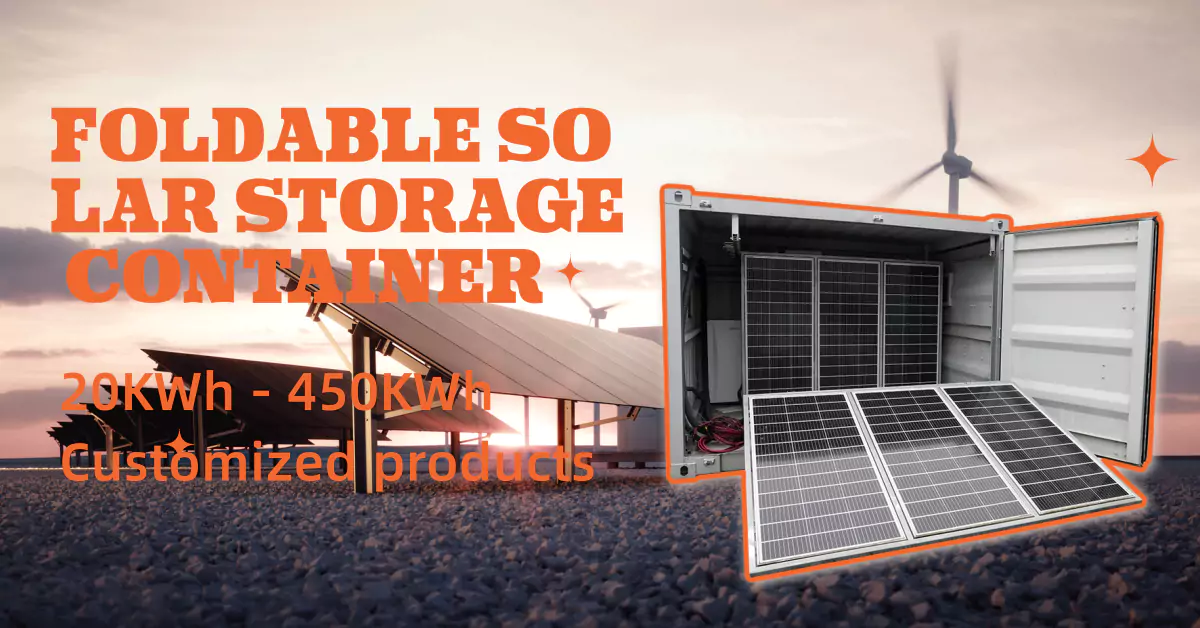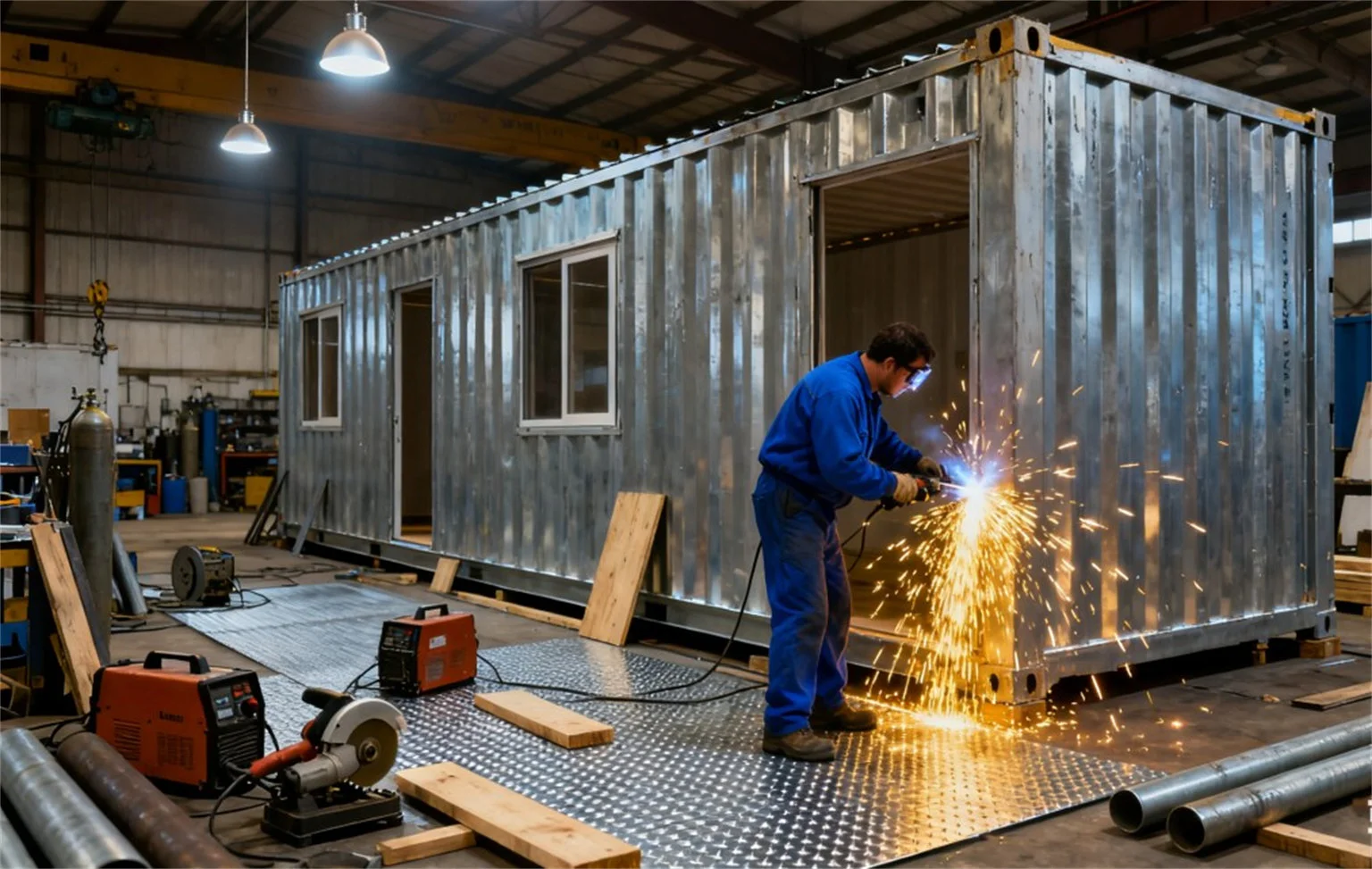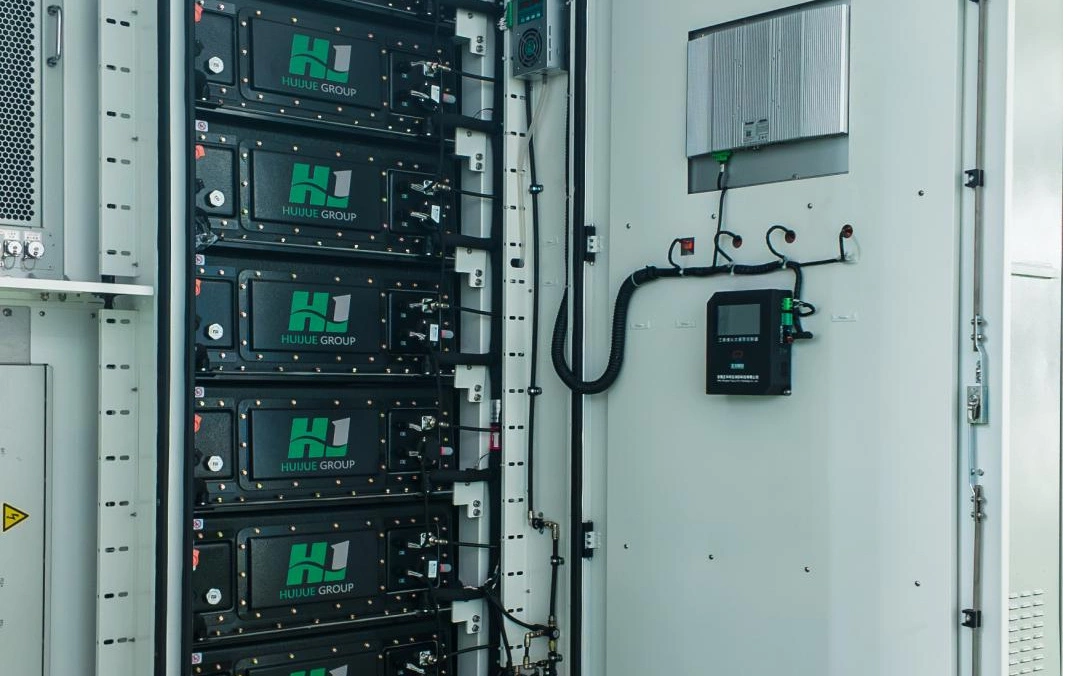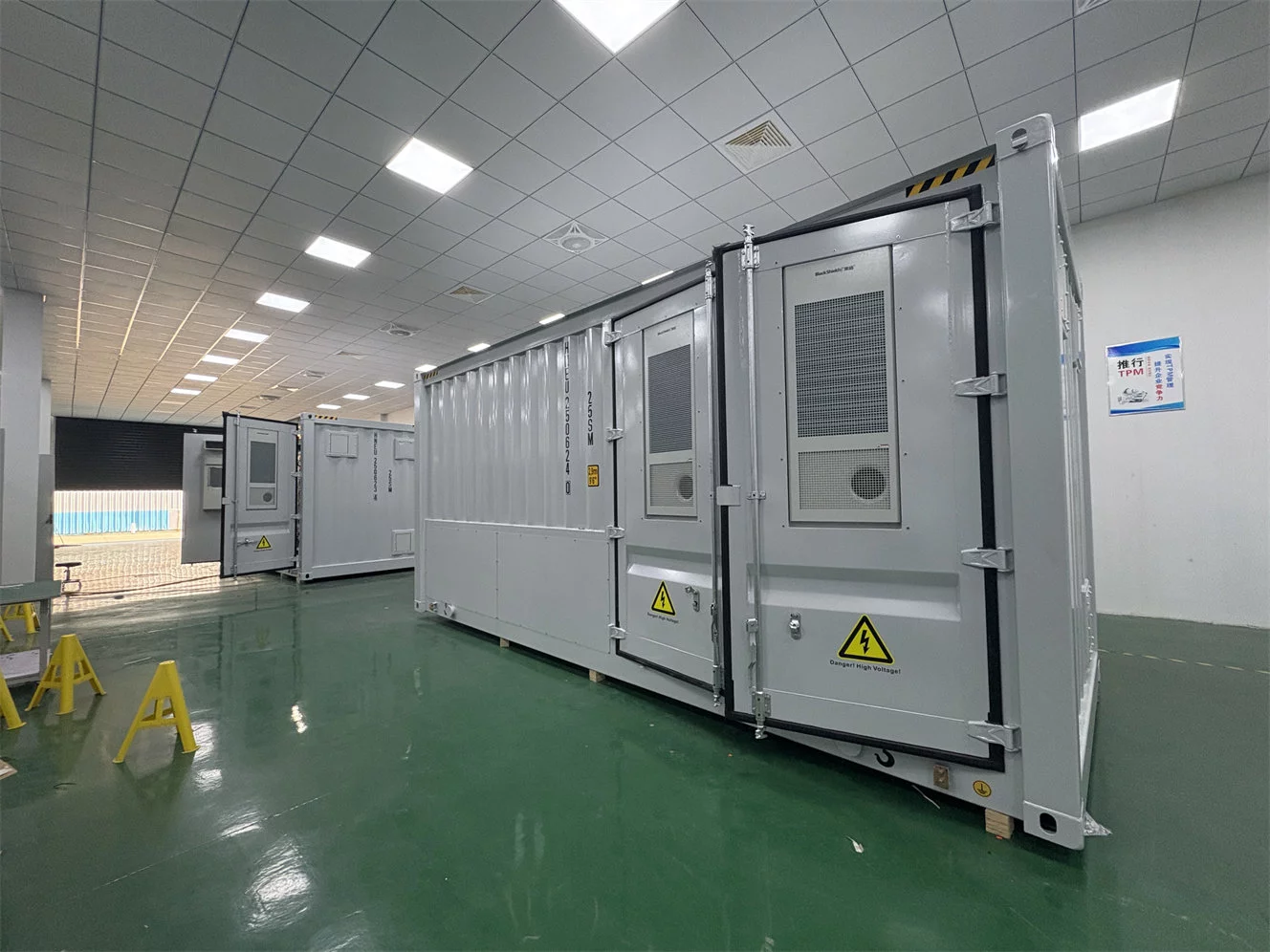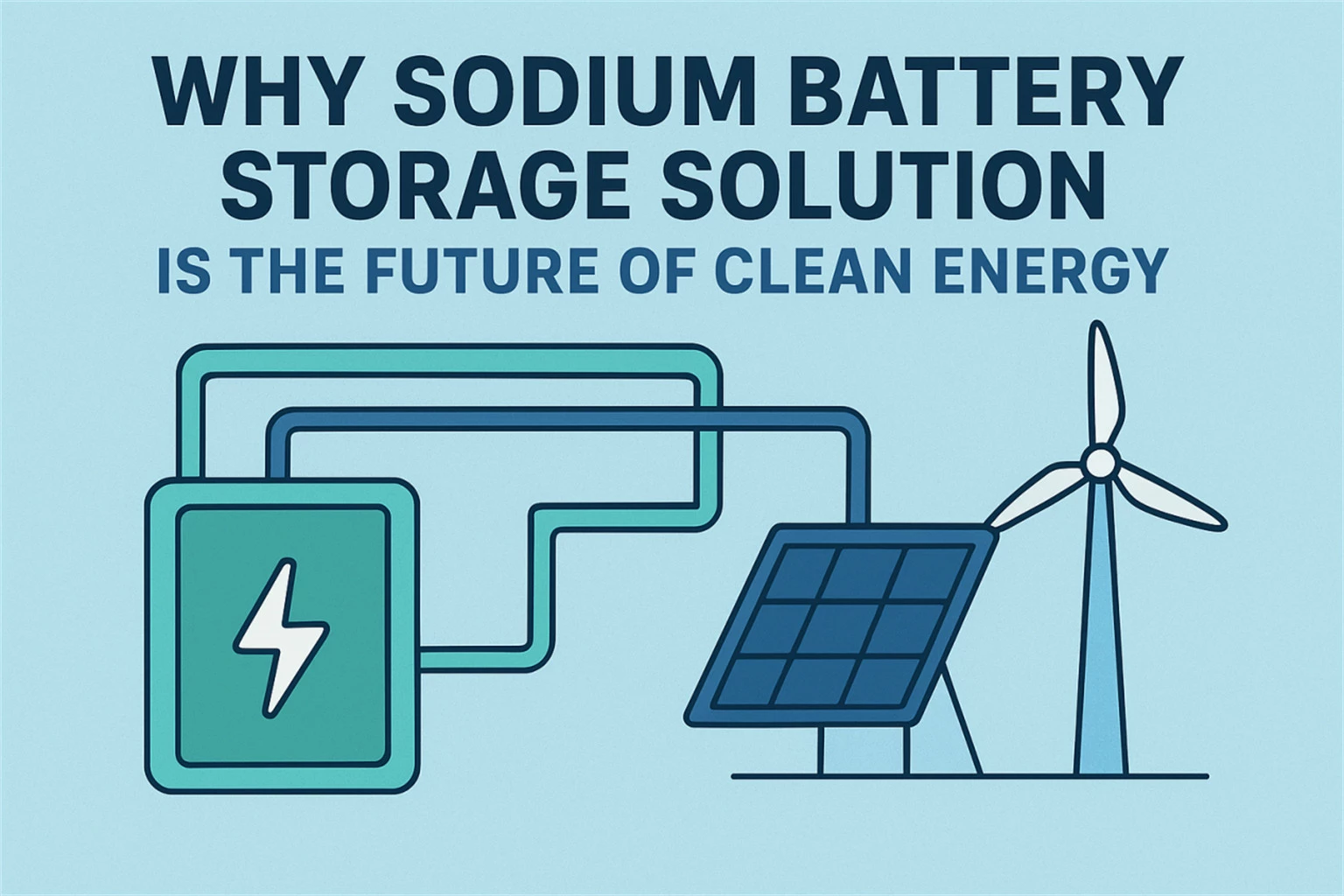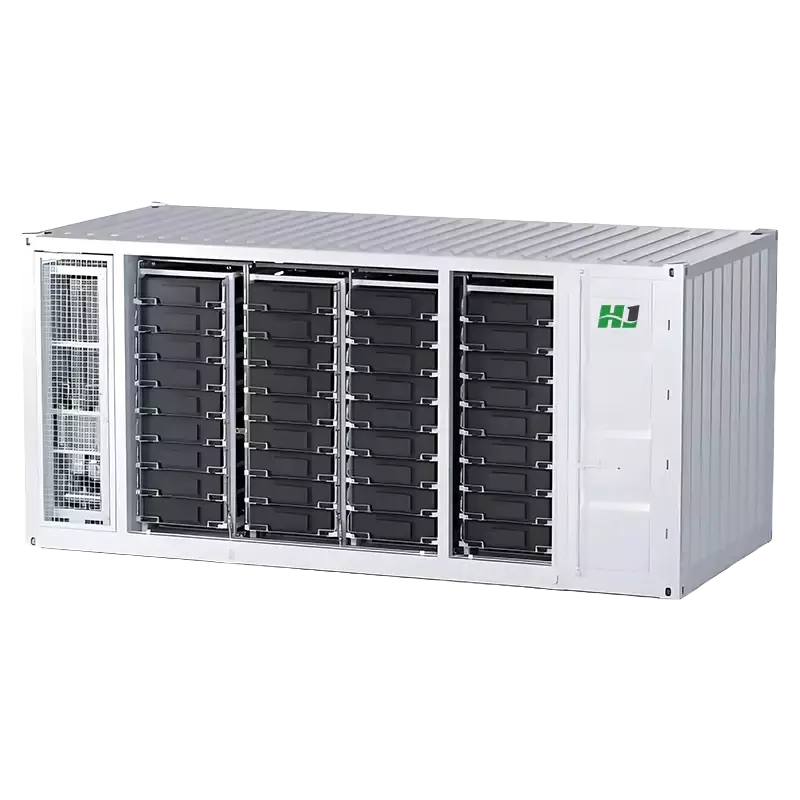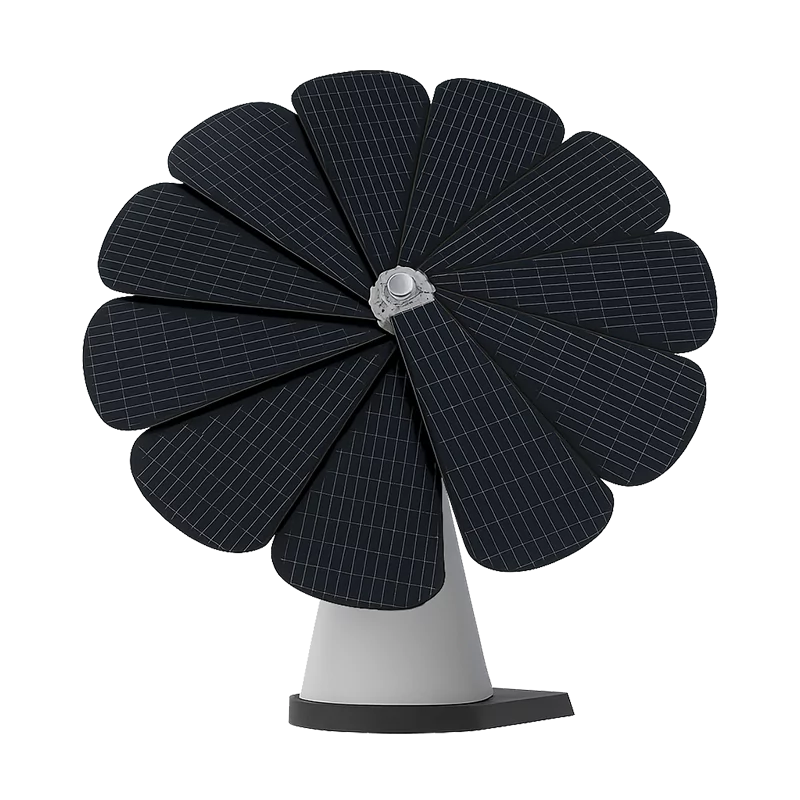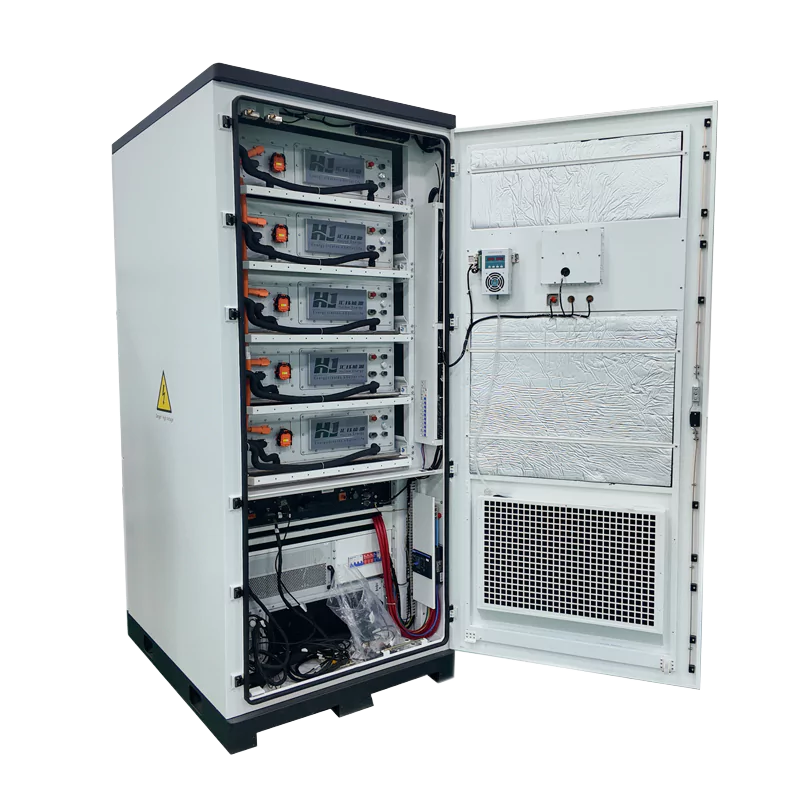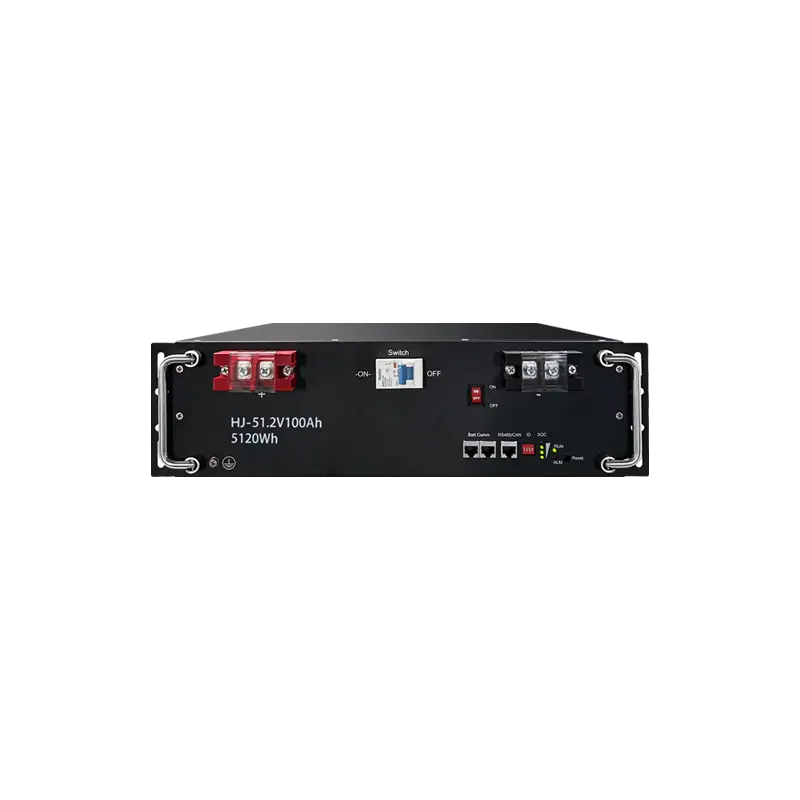A New Era of Battery Swapping Begins — Starting from Hong Kong?
Over the past few days, CATL’s “Choco-SEB” battery swapping project has been making waves across the industry. As a company deeply rooted in the new energy sector, we at HighJoule have been following the news closely.
This time, CATL is joining forces with FAW Group (to build compatible swappable EVs), Longsung New Energy (battery swap infrastructure), and other partners to launch a battery swap pilot project in Hong Kong.
At first glance, it might seem like a small-scale trial. But in reality, it’s a strategic test run for the future of EV mobility. Let’s break down what’s really happening here, the opportunities it brings, and what we see coming next.
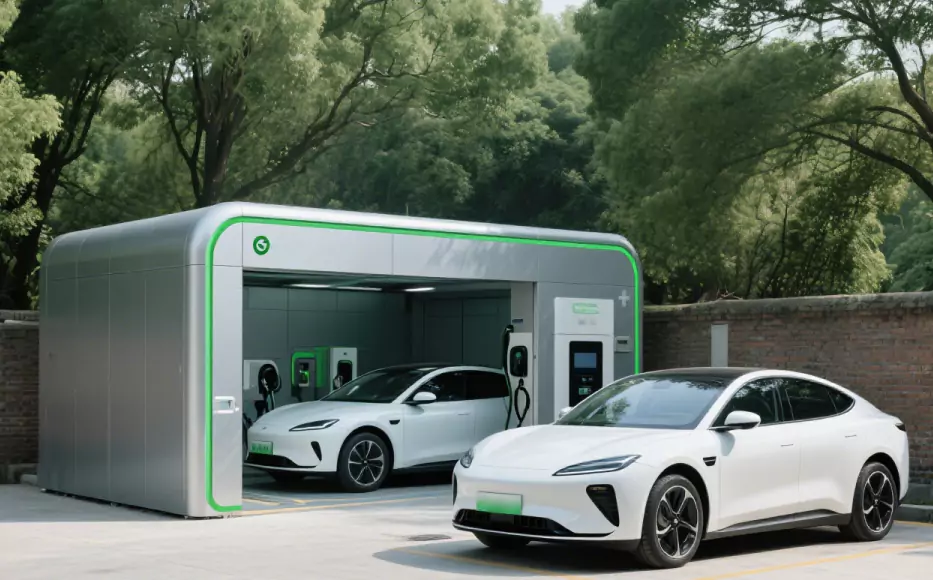
Ⅰ. What Is “Choco-SEB”?
“Choco-SEB” is CATL’s standardized EV battery module. It got the nickname “chocolate” because the shape looks like chunky chocolate bars.
Think of it like swapping a battery on an electric scooter—but for cars. You drive in, the empty battery gets swapped out in minutes, a fully charged one goes in, and off you go. The whole process is faster than charging your phone.
Each module packs an impressive 160+ Wh/kg energy density, is highly adaptable across platforms, and supports one-minute ultra-fast swaps.
Ⅱ. Can Battery Swapping Solve EV Pain Points?
In recent years, EV adoption has grown fast—but not without growing pains. Many drivers have sarcastically dubbed them “electric burdens” instead of electric vehicles. Here’s how swapping might fix that:
- Slow & inconvenient charging
Urban charging stations are often scarce or broken, with long queues. For high-usage fleets like taxis and ride-hailing drivers, waiting to charge isn’t an option. Battery swapping solves this: two minutes and you’re back on the road. - High battery cost inflates EV prices
Batteries make up 30–40% of a car’s price. Swapping decouples the car and battery—you buy the car, rent the battery. It slashes upfront costs and lowers the barrier to EV ownership. - Battery lifespan & resale anxiety
With platform-managed batteries, users don’t have to worry about degradation. And once a battery retires from vehicles, it can be reused in energy storage systems—maximizing its value. - Pressure on the power grid
Charging thousands of EVs during peak hours stresses the grid. But swap stations can charge during off-peak times and distribute power later—effectively acting as mobile energy storage stations and helping with grid balancing.
Ⅲ. Can Battery Swapping Scale in Mainland China?
Hong Kong is a great pilot market—but China’s mainland is a whole different ballgame. For swapping to truly scale, we need to overcome several hurdles:
- Lack of unified standards
Right now, every carmaker uses different battery specs. One car’s battery can’t be swapped in another’s station. CATL’s push for standardization is promising, but true unification needs industry-wide cooperation, government coordination, and possibly new regulations. - Complex station deployment
Swapping only needs about six parking spots—but in Tier-1 cities, land is expensive and approval processes are long. There’s also grid access, safety compliance, and traffic flow to consider. - Business model uncertainty
The car-battery separation sounds great, but consumer trust is still low—especially for private EV owners. The idea of “not owning your battery” is still unfamiliar. On top of that, platform operators have to finance massive battery inventories, which is a heavy capital load.
Ⅳ. HighJoule’s Take on the Battery Swap Track
To be honest, we’re very bullish on battery swapping—especially when combined with vehicle-battery separation, energy management, and smart storage dispatch.
Behind every swap is an interconnected system of EVs, battery assets, distributed storage, and grid integration. Swapping solves user needs and contributes to grid stability, boosts energy efficiency for governments, and unlocks long-term returns for operators.
For HighJoule, this is a natural fit. Our strengths align perfectly with the demands of the battery swap ecosystem:
- Providing high-efficiency energy storage systems for swap stations
- Building unified battery asset management platforms
- Developing dispatch systems for peak shaving & frequency regulation
- Promoting integrated solar-storage-charging-swapping stations
Ⅴ. Final Thoughts: Swapping Isn’t Just About Batteries
CATL is making battery swapping real—not just a concept—and that’s commendable. But for it to truly take off in China, it’ll require ecosystem-wide collaboration: policy support, industry alignment, consumer education, and ongoing tech evolution.
We believe this Hong Kong pilot is only the beginning. In time, battery swap stations could be as common as gas stations, becoming part of a city’s core energy infrastructure.
And when that day comes, HighJoule will be right there—leveraging our strengths in storage and energy intelligence to help power the future of clean, smart mobility.
Find Your Solar + Battery Storage Specialist Now!
* Fill out this form and our experts will help you find the perfect solar storage solution for your home or business.


